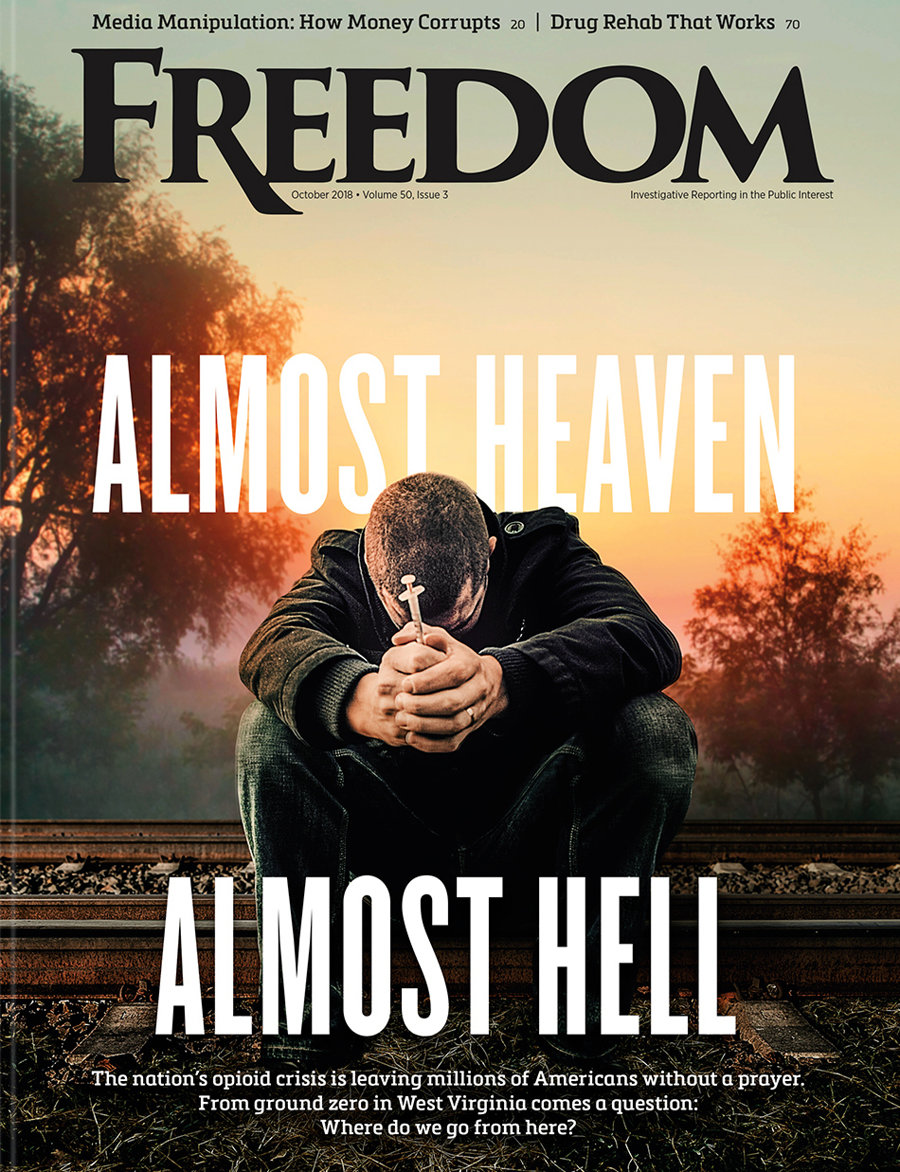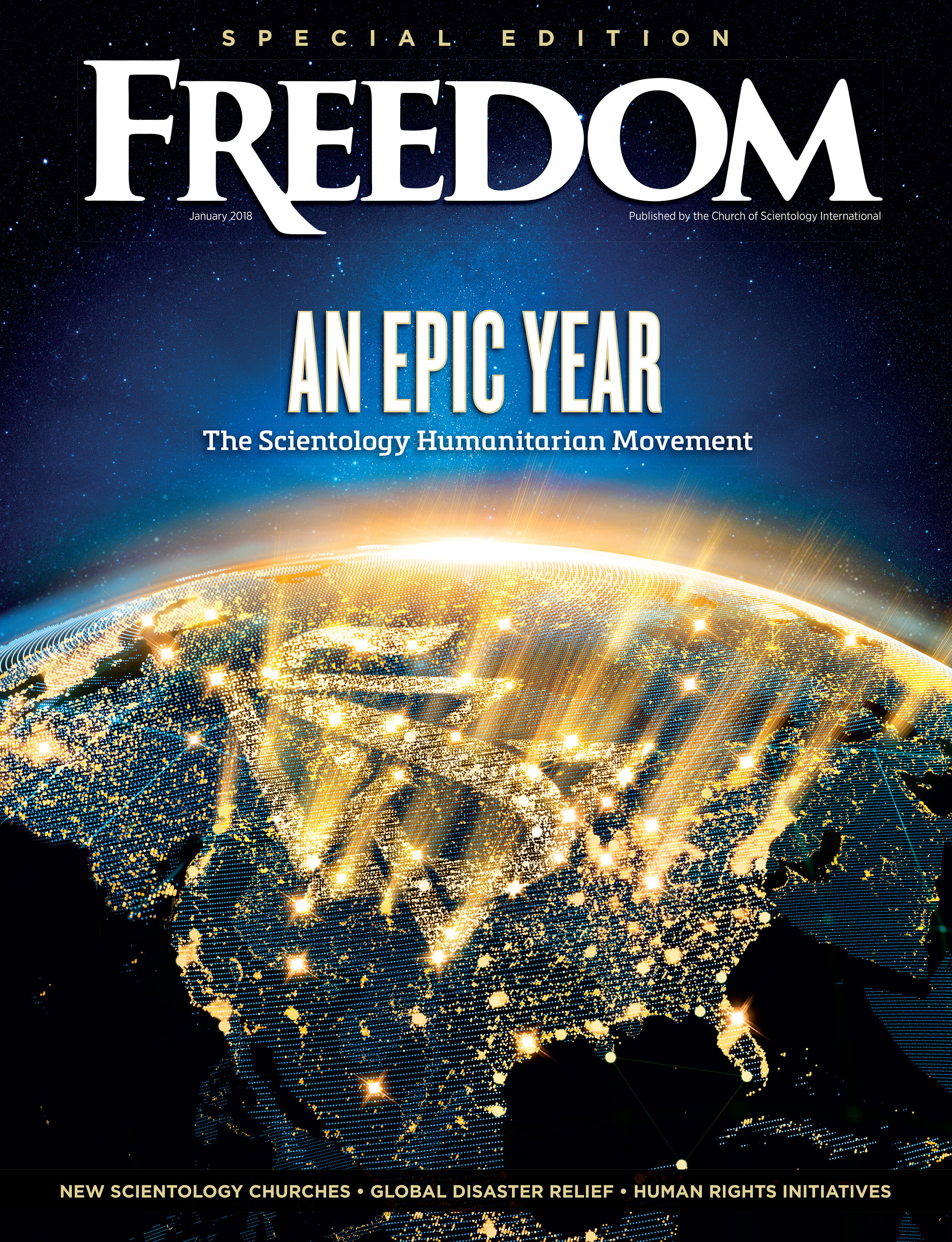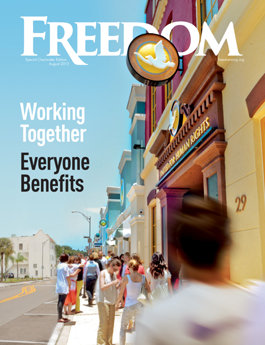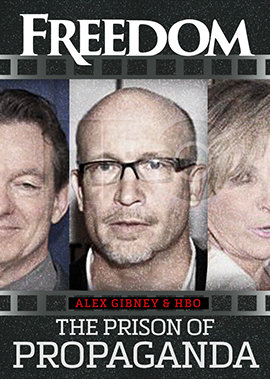While those figures run to December 2023, more recent data gives even more cause for hope: In the 12 months leading up to April 2024, there were 97,309 reported overdose deaths—a 12 percent drop compared to the same period one year prior.

The University of North Carolina’s Dr. Nabarun Dasgupta estimates that these figures already represent 20,000 lives per year being saved. “In the states that have the most rapid data collection systems, we’re seeing declines of 20 percent, 30 percent,” Dr. Dasgupta told NPR.
In King County, Washington, for example, fatal overdoses dropped from 30 per week in April to 17 in June.
Nevertheless, the broader picture is far from rosy. Some 100,000 Americans are still dying annually from overdoses, with almost 70 percent of those deaths caused by synthetic opioids like fentanyl—a drug that is 50 times stronger than heroin, 100 times stronger than morphine and only growing easier to get, even on social media, and even if you’re a kid.
“Social media platforms have become a major venue for drug distribution,” said Colorado Attorney General Philip J. Weiser. “Where once a teen might have had to seek out a street dealer, hassle friends or learn to navigate the dark web to access illicit drugs, young people can now locate drug dealers using their smartphones—with the relative ease of ordering food delivery or calling a ride-share service.”
While experts are unsure how to interpret what Dr. Rahul Gupta, the White House drug czar, calls “the largest decrease on record” of drug deaths, one thing is for sure: prevention remains the only true answer.
Research indicates that when young people and adults receive accurate information on what drugs are and what they do, usage rates drop commensurately. The Foundation for a Drug-Free World, sponsored by the Church of Scientology, has distributed 150 million educational booklets worldwide to deliver the truth about drugs in more than 20 languages.






















